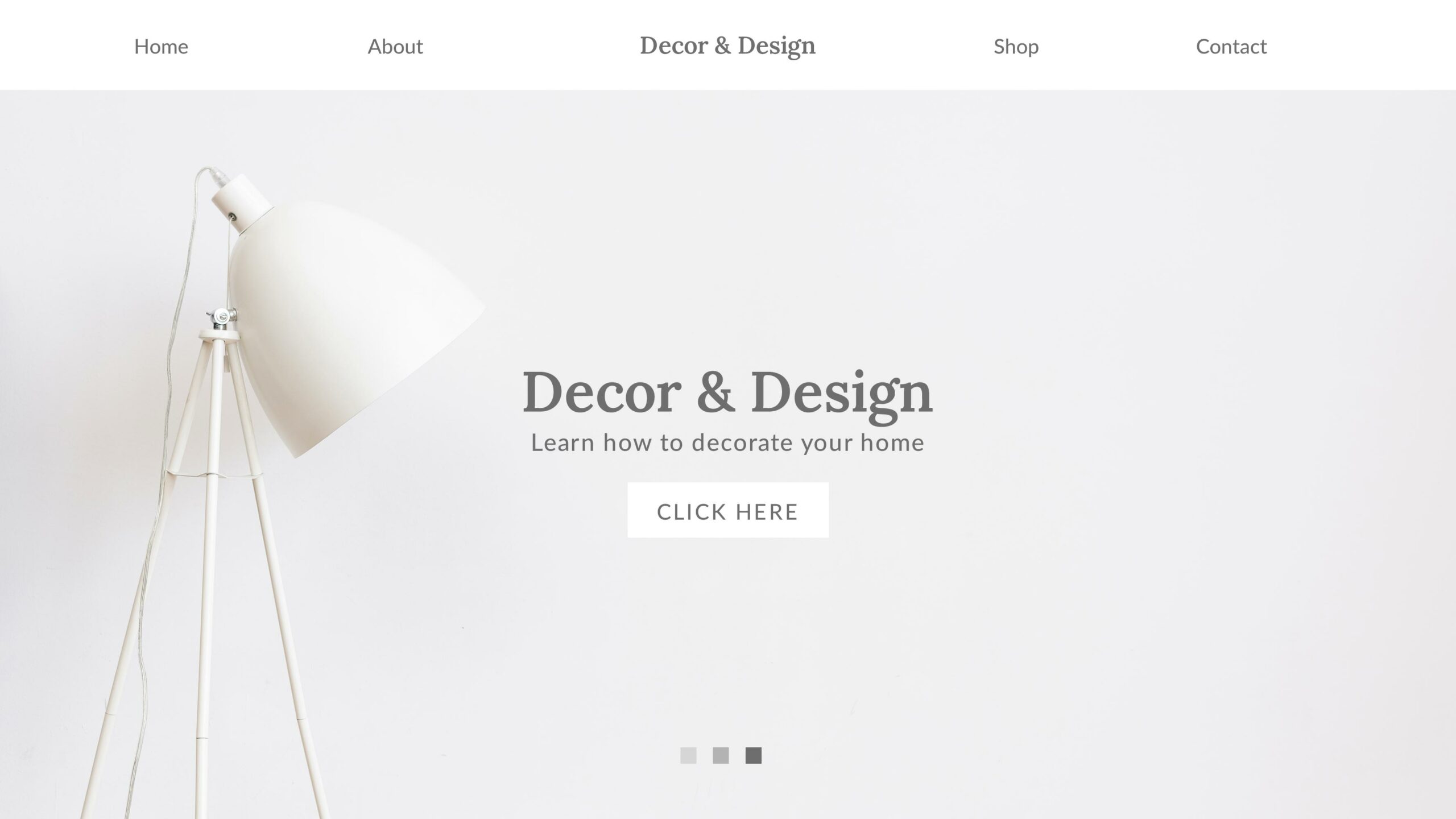Cenet Whispers
Your source for the latest insights and trends.
Less is More: The Allure of Minimalist Web Design
Discover why minimalist web design captivates users—embrace simplicity for stunning results that engage and inspire!
Exploring the Principles of Minimalist Web Design: Less Clutter, More Impact
Minimalist web design focuses on stripping away the unnecessary, allowing the essential elements of a website to shine through. This design philosophy emphasizes simplicity and functionality, prioritizing user experience over visual clutter. By reducing distractions, users can navigate easily and find the information they need more efficiently. Key principles include a restrained color palette, ample white space, and the use of minimalistic typography that aids readability and enhances overall aesthetics.
Another vital aspect of minimalist web design is the use of visual hierarchy to guide users' attention. Designers can achieve this through strategic placement of elements and varying sizes, creating a sense of order that directs the gaze. For instance, important content can be highlighted using larger fonts or bolding techniques. Additionally, incorporating visual hierarchy theories can significantly enhance user engagement and retention, leading to a more impactful browsing experience.

How Minimalist Web Design Enhances User Experience and Engagement
Minimalist web design prioritizes simplicity and functionality, which greatly enhances user experience. By eliminating unnecessary elements and clutter, it allows users to focus on essential content. This design philosophy encourages the use of whitespace, which helps in improving readability and facilitates easier navigation. According to a study by Smashing Magazine, websites that adopt a minimalist approach see lower bounce rates and higher engagement metrics, as visitors can easily find what they need without distractions.
Furthermore, minimalist web design fosters a sense of calm and encourages interaction. User interfaces that are streamlined and intuitive lead to longer browsing sessions, as users are less likely to feel overwhelmed. Research from Nielsen Norman Group emphasizes that users favor websites that offer uncomplicated paths to accessing information. By embracing minimalist design, businesses can significantly boost user satisfaction and retention, ultimately driving better engagement with their content.
Is Less Really More? The Psychological Appeal of Minimalist Websites
The phrase "less is more" resonates strongly in the realm of web design, especially when it comes to minimalist websites. This approach aims to eliminate unnecessary elements that can clutter a webpage, allowing visitors to focus on what truly matters. Psychologically, minimalist designs can evoke feelings of calm and clarity, making content easier to digest. Research shows that users are more likely to engage with a site that presents information succinctly and visually appealingly, as a clear layout enhances usability and speeds up information processing.
Moreover, the psychological appeal of minimalist websites is rooted in the concept of cognitive load. By reducing distractions and emphasizing essential elements, these websites facilitate an uninterrupted flow of information, allowing users to navigate effortlessly. This not only enhances user experience but also encourages conversions, as visitors can easily find what they need without becoming overwhelmed. Ultimately, adopting a minimalist approach can set brands apart in a digital landscape saturated with visual noise, making a powerful statement about their commitment to quality and user-centric design.